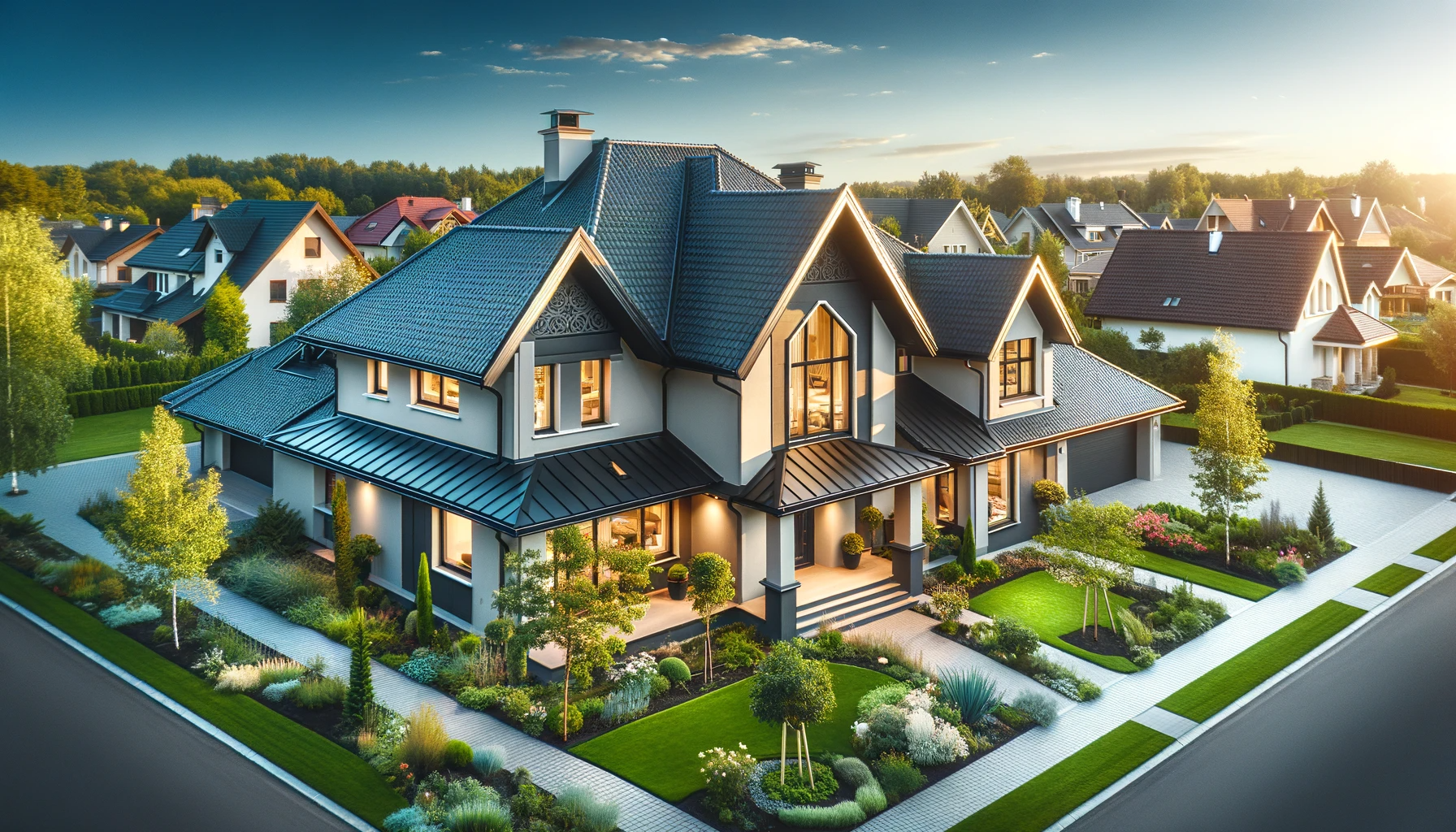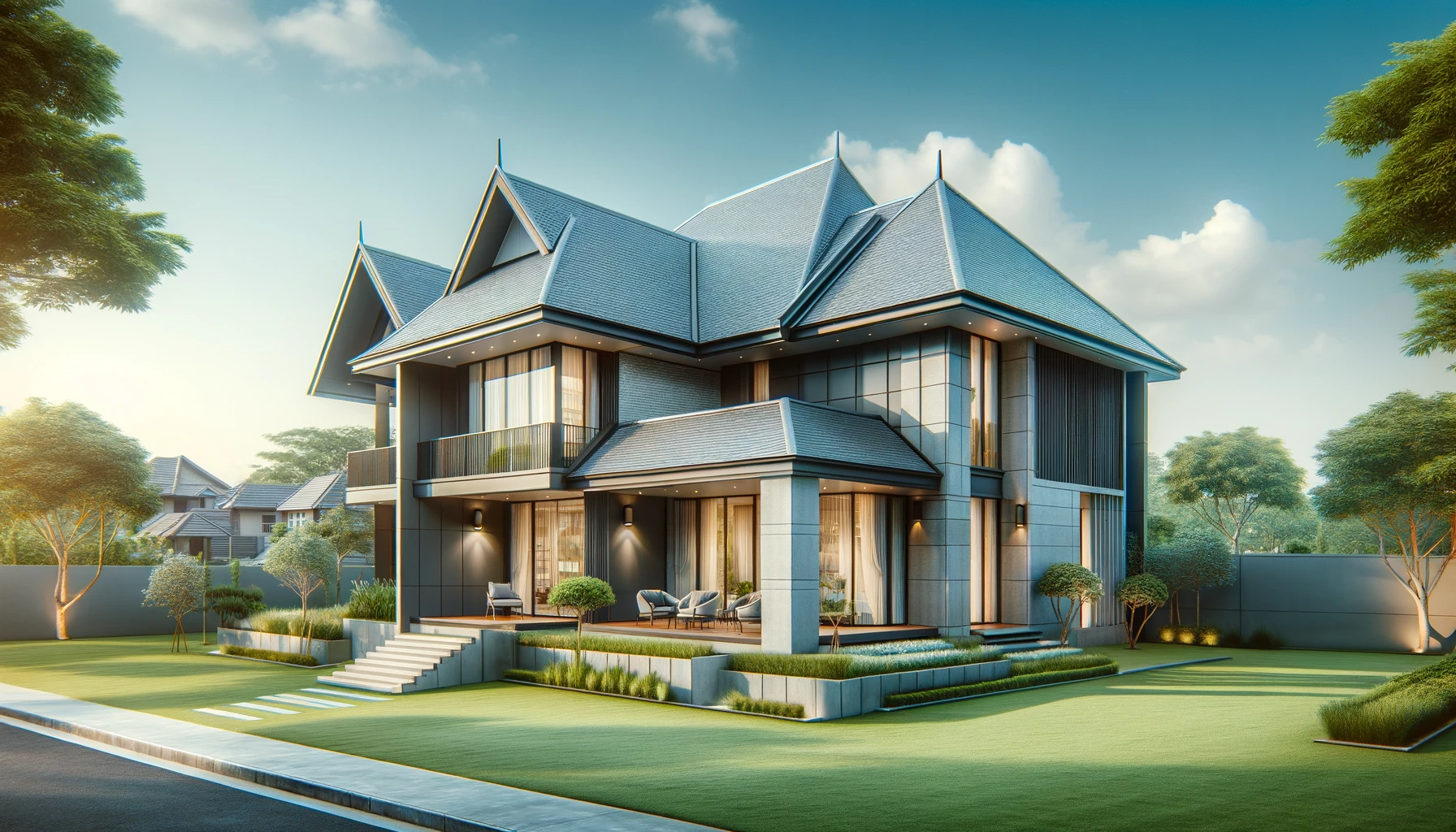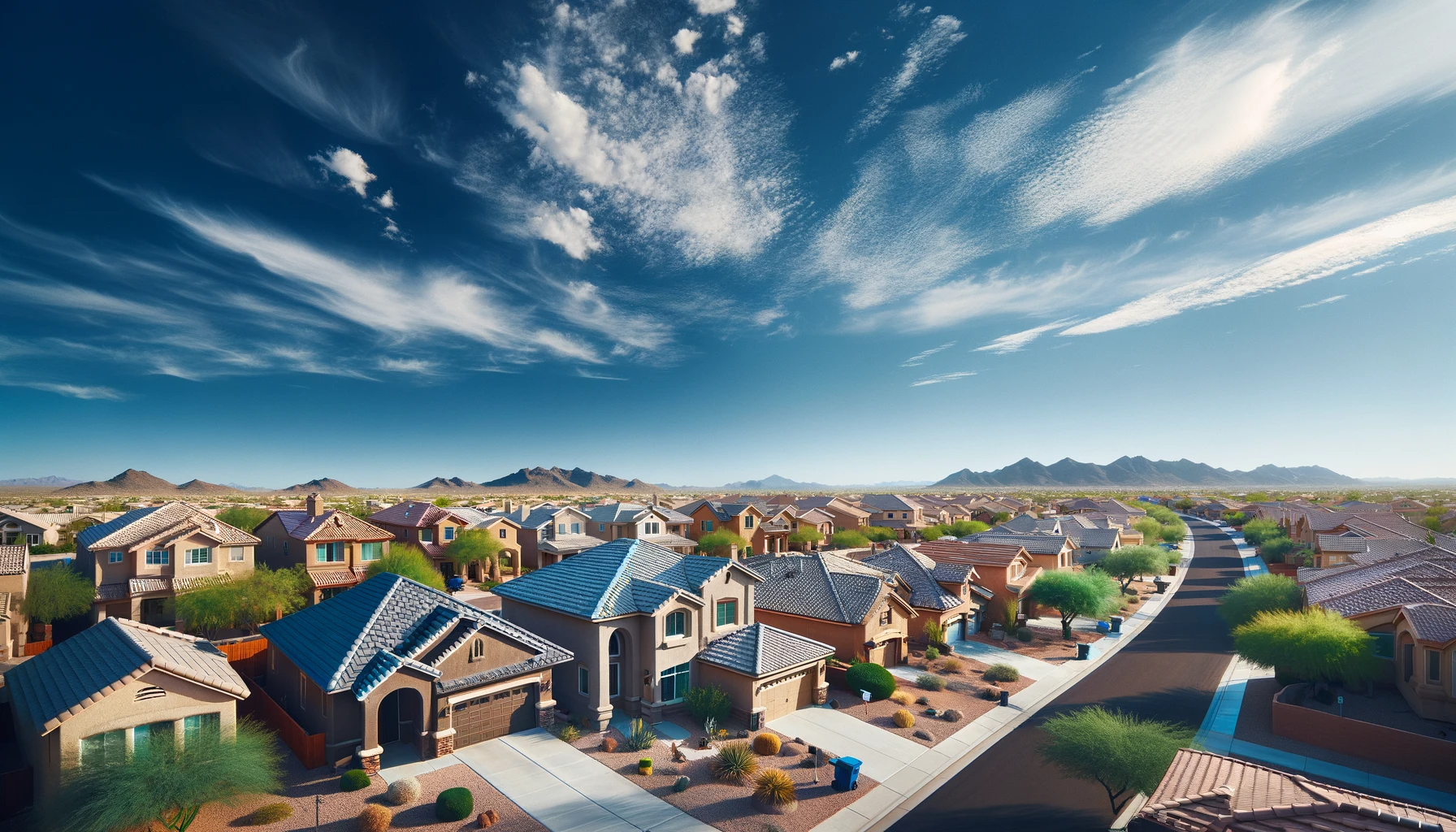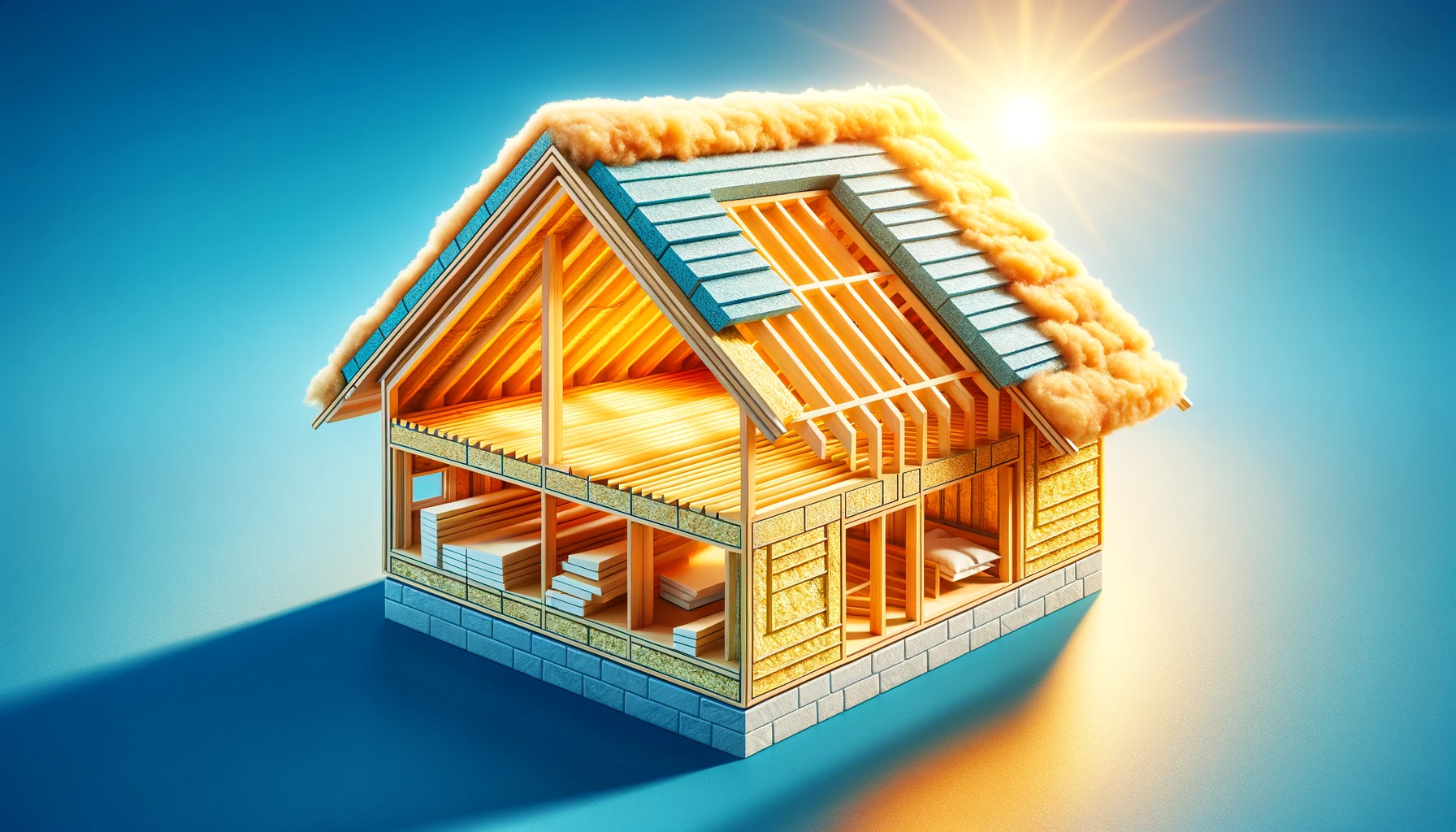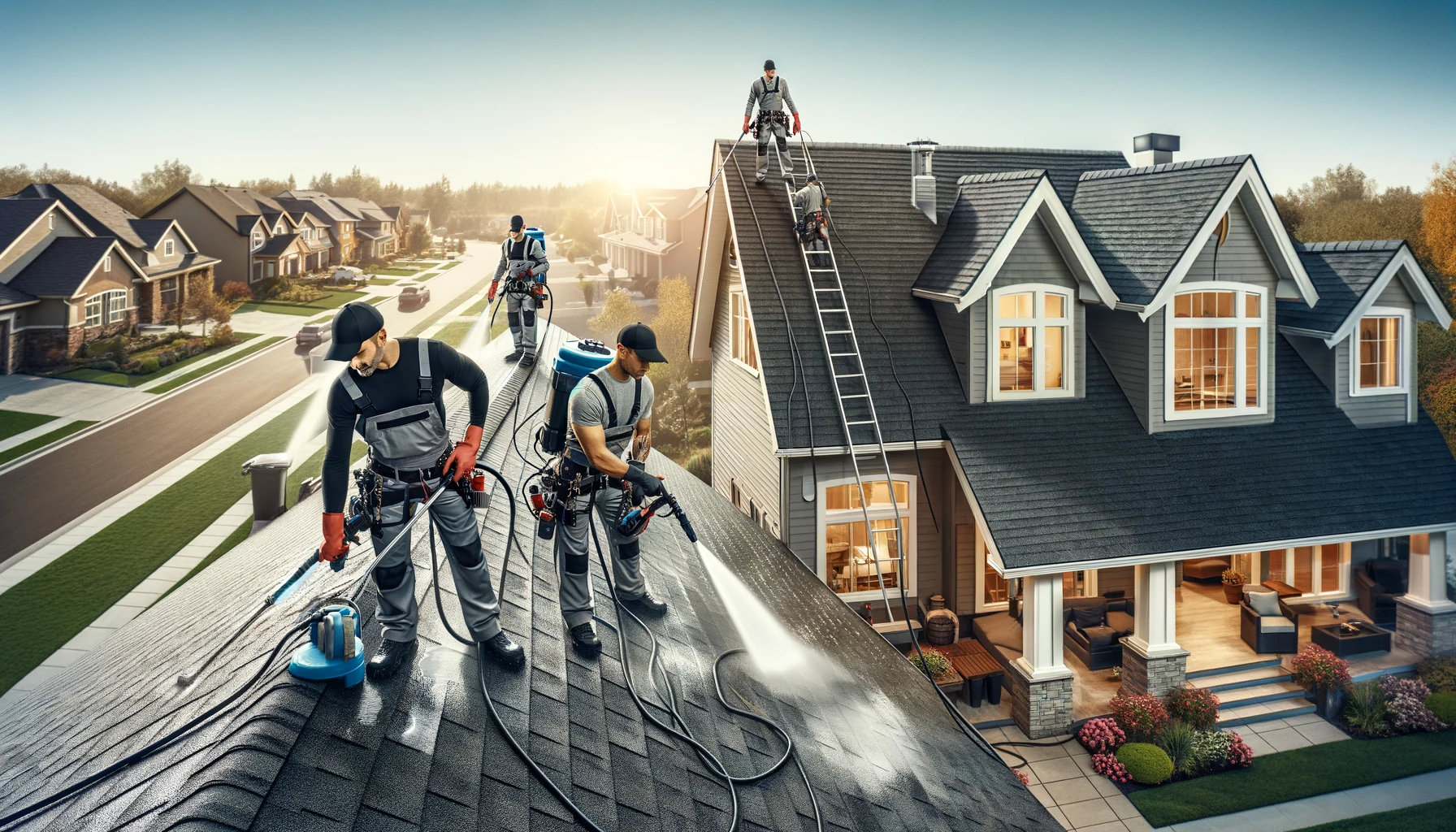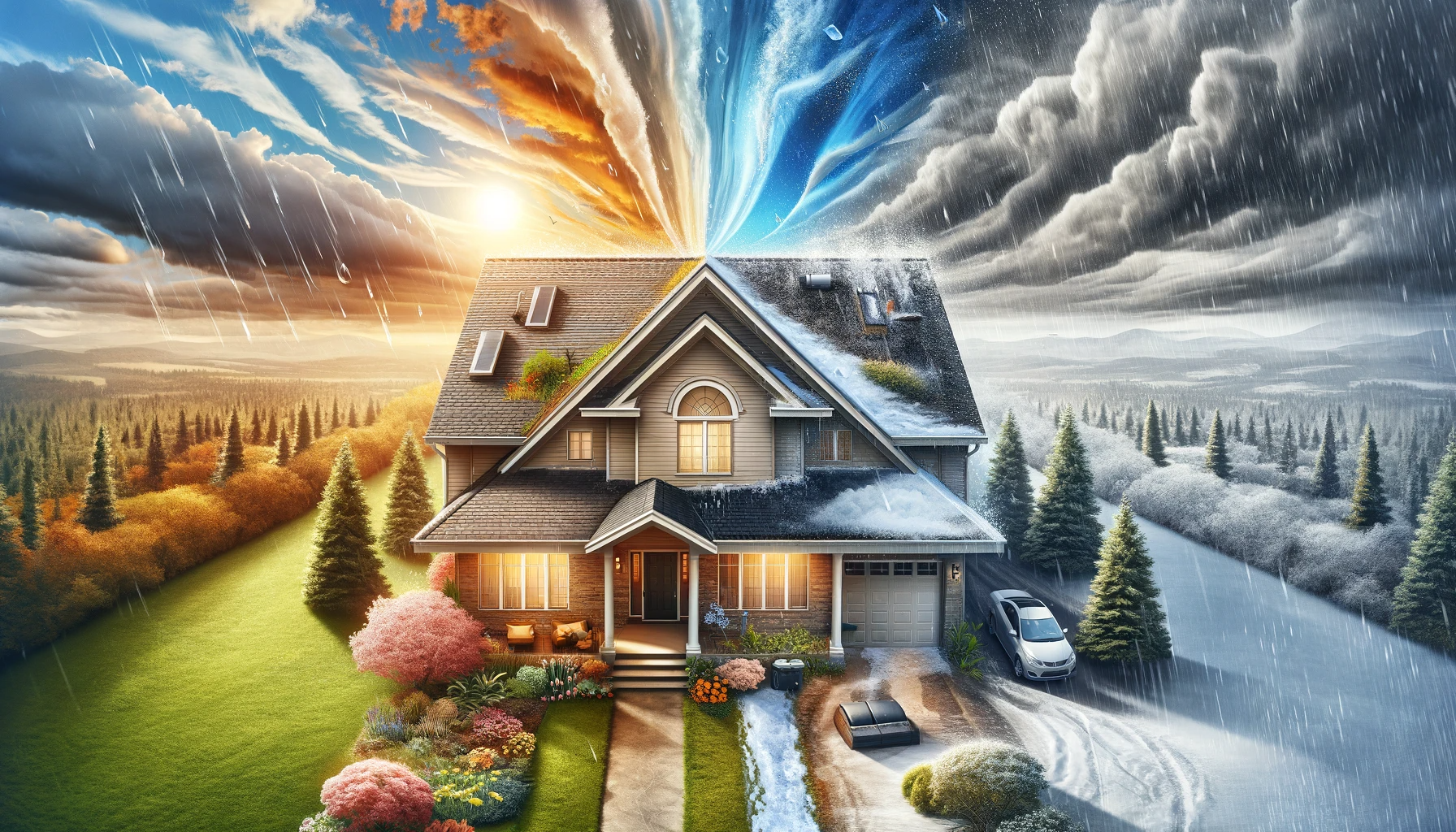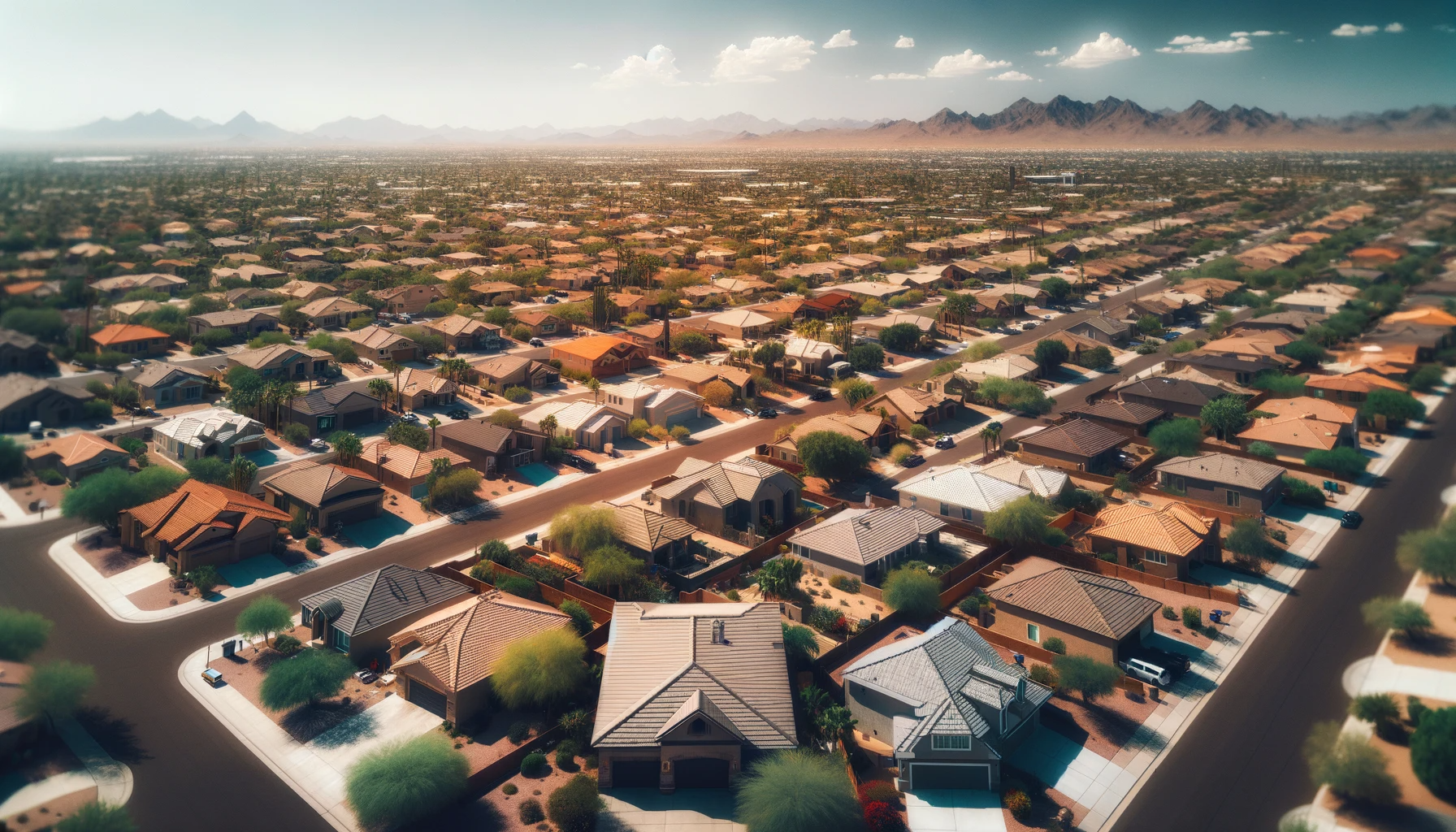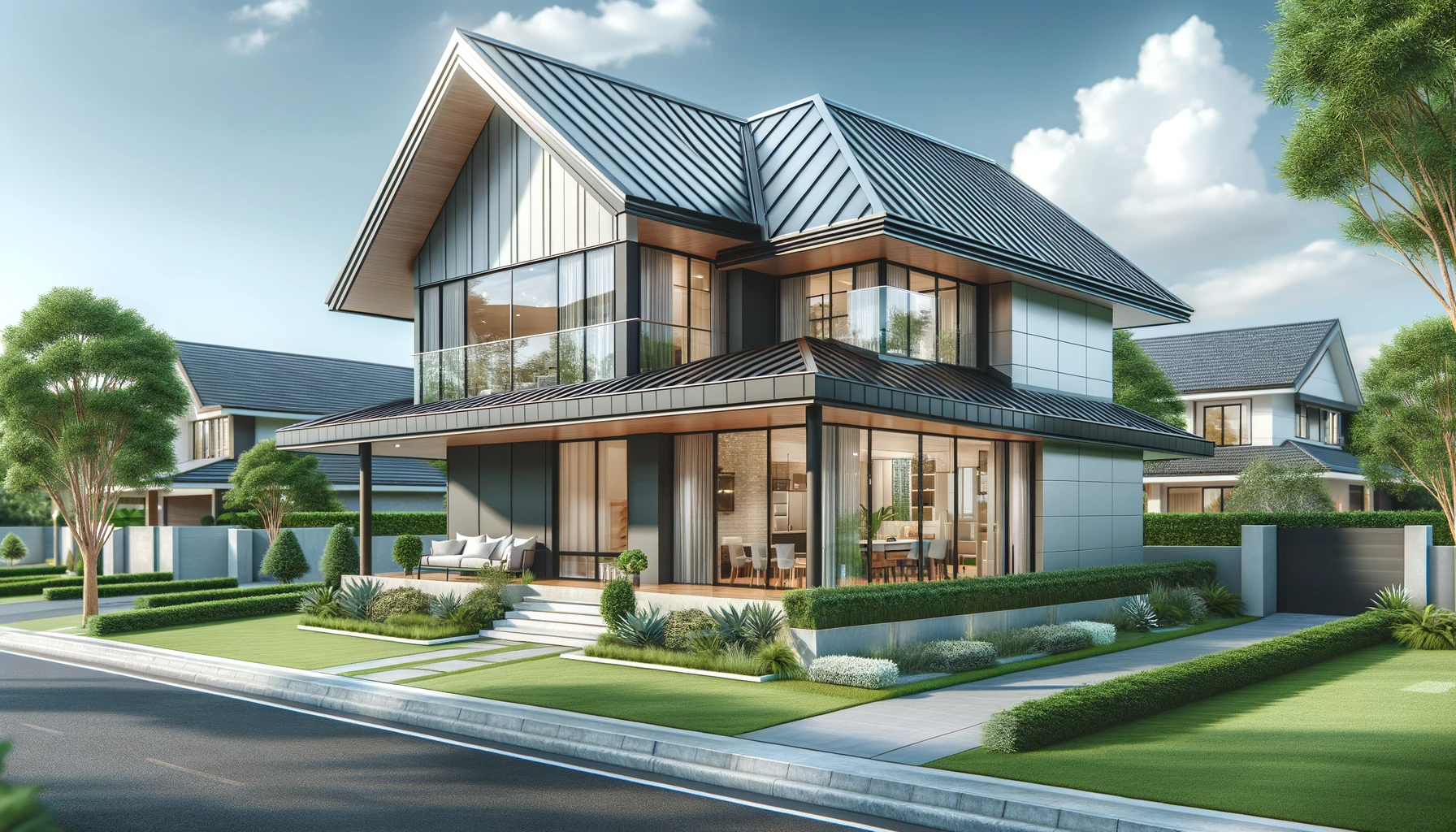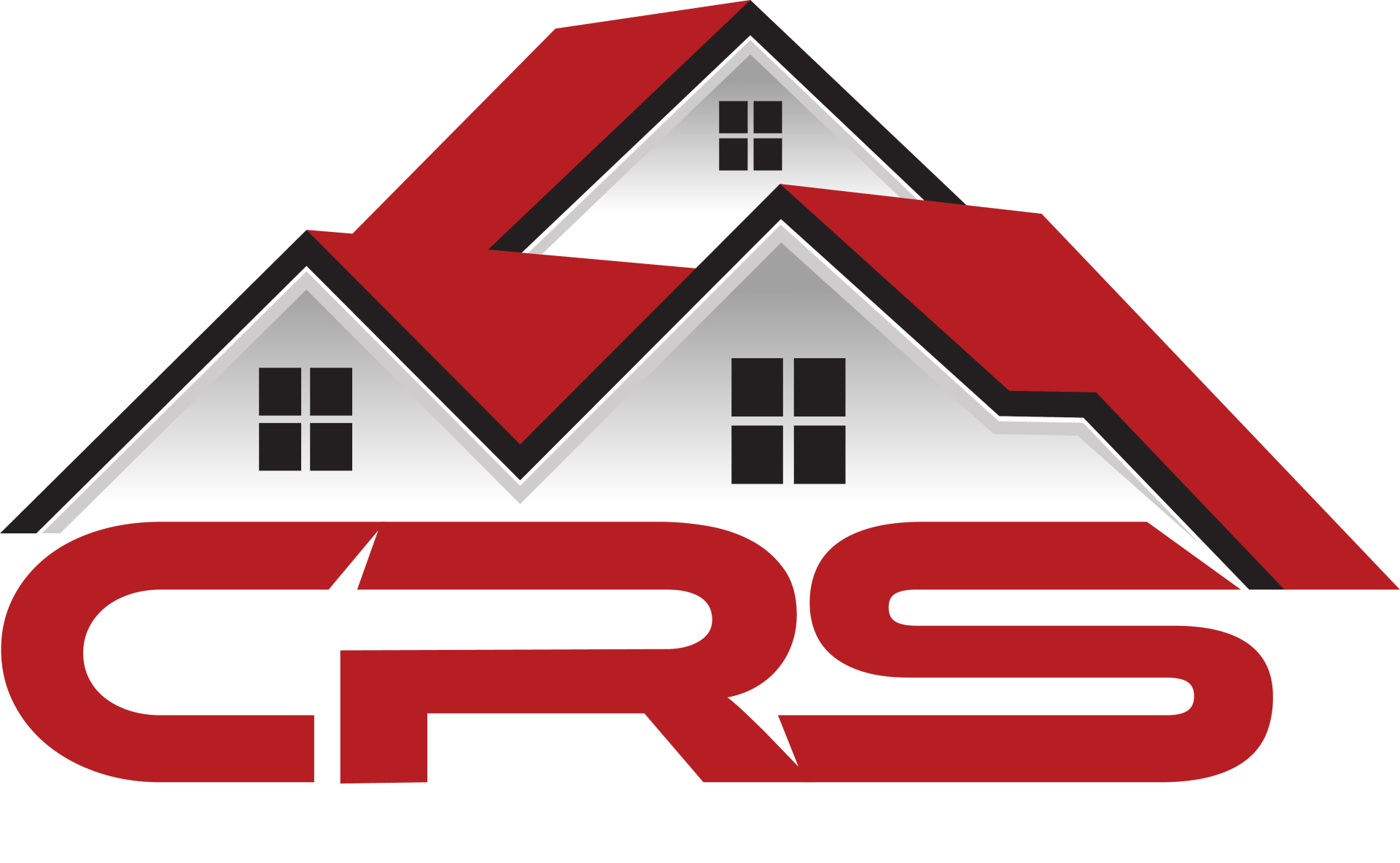Roofing for Extreme Weather: Solutions for the Arizona Climate

Arizona's climate presents unique challenges to homeowners, especially when it comes to roofing. With extreme heat in the summer, occasional heavy rain, and even the rare snowfall in certain areas, the demand on roofing materials and construction is significant. Understanding how to protect your home with the right roofing solutions is crucial for long-term durability and efficiency.
The Arizona Climate Challenge
The primary challenge in Arizona is the intense heat and sun exposure. Roofing materials are subjected to relentless UV rays and temperatures that can soar above 100°F for extended periods. This extreme exposure can lead to rapid deterioration of traditional roofing materials, causing them to crack, warp, or fade. Moreover, during monsoon season, roofs must also be able to withstand heavy rains and potential hail.
Choosing the Right Materials
- Metal Roofing: Metal roofs are increasingly popular in Arizona due to their durability and reflective properties. They can reflect a significant amount of solar radiation, reducing heat absorption and helping to keep homes cooler. Additionally, metal roofs are resistant to cracking and warping under extreme temperatures.
- Tile Roofing: Tile, especially clay or concrete, is a traditional choice that remains effective in Arizona's climate. Tile roofs are excellent at insulating homes from heat and are durable enough to withstand the harsh sun. Their unique shape allows air circulation under the tiles, further helping to reduce heat transfer.
- Cool Roofing Systems: These are designed to reflect more sunlight and absorb less heat than standard roofs. Cool roofs can be made of highly reflective paint, a sheet covering, or highly reflective tiles or shingles. They are particularly effective in urban areas to combat the heat island effect.
Installation and Maintenance
The best materials can fail if not properly installed or maintained. Proper installation by experienced professionals is key to ensuring longevity. This includes correct fastening, use of suitable underlayment materials, and proper sealing to prevent leaks.
Regular maintenance is also critical. This includes cleaning gutters, inspecting for damage or wear, and ensuring proper insulation and ventilation. Good ventilation helps in reducing heat buildup under the roof, prolonging the life of roofing materials.
Energy Efficiency and Cost Savings
Investing in high-quality, durable roofing in Arizona is not just about protection; it's also an investment in energy efficiency. Roofs that reflect sunlight and provide better insulation can significantly reduce air conditioning needs, leading to lower utility bills. While the initial cost might be higher, the long-term savings and reduced need for frequent repairs or replacement can make it a cost-effective choice.
Innovations in Roofing for Extreme Weather
The roofing industry continues to innovate, offering new solutions for extreme weather conditions. This includes advances in materials technology, like improved reflective coatings, and the integration of renewable energy solutions like solar panels. Homeowners in Arizona can now choose roofing options that not only withstand the harsh climate but also contribute to a more sustainable future.
Conclusion
Selecting the right roofing for Arizona's extreme weather is a balance of material choice, proper installation, maintenance, and embracing new technologies. By understanding the unique demands of the Arizona climate and investing in quality roofing solutions, homeowners can protect their homes, improve energy efficiency, and contribute to a more sustainable environment.
Remember, your roof is your first line of defense against the extreme Arizona weather. Choosing the right roofing solution is not just a matter of aesthetics, but a crucial decision for the safety, comfort, and efficiency of your home.
